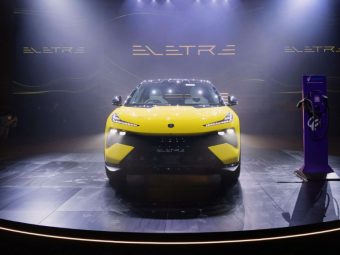Bentley Motors has officially announced the retirement of its current-generation 4.0-litre twin-turbo V8 engine from the Continental GT, Continental GTC, and Flying Spur model lines. The initial regions to bid farewell to the current V8 version will be the UK, Europe, and MEAI, with other areas to follow suit later.
Although the current engine will continue to thrive within the Bentayga family, the discontinuation of production for Continental and Flying Spur ranges marks the next phase of Bentley’s Beyond100 strategy, with all model lines slated to offer a hybrid variant by 2024. This transition is already underway, evident in the successful launch of the Bentayga and Flying Spur Hybrid models, which have surpassed the company’s expectations in terms of demand.
The V8 internal combustion engine has been a cornerstone of many Bentleys for the past 75 years. Introduced in the S2 in 1959, the first L-Series V8 engine produced 180 bhp. Today’s current-generation V8 boasts triple the power with just two-thirds of the capacity.
Since its inception in 2012, over 53,000 V8-powered Continental GT, GTC, and Flying Spur examples have been meticulously crafted by hand at Bentley’s Dream Factory in Crewe, England.
The last V8-engined Continental GT, GTC, and Flying Spur models are currently available in the United Kingdom, Europe, and the Middle East. Production is nearing completion, with final deliveries scheduled for June, although a limited number of existing examples may still be available through retailer stocks and transport pipelines. The cessation of production for other regions will follow at a later date.
Today’s modern V8-powered Bentleys offer impressive power and torque figures, complemented by a characterful engine note, extended range between fuel stops, and reduced CO2 emissions compared to the W12. The V8 engine’s design concept ensures high torque delivery while maintaining lower emissions and optimal efficiency.
The V8 generates a peak power of 550 PS (542 bhp, 404 kW) and a maximum torque of 770 Nm at 2,000 rpm, maintaining a flat plateau through to 4,500 rpm. Its square engine configuration, matching the stroke length to the 86 mm cylinder bore, strikes a balance between power and torque. With the aid of twin-scroll turbochargers, the engine achieves over 135 bhp per litre.








